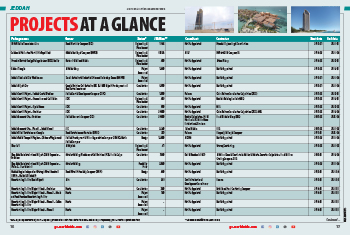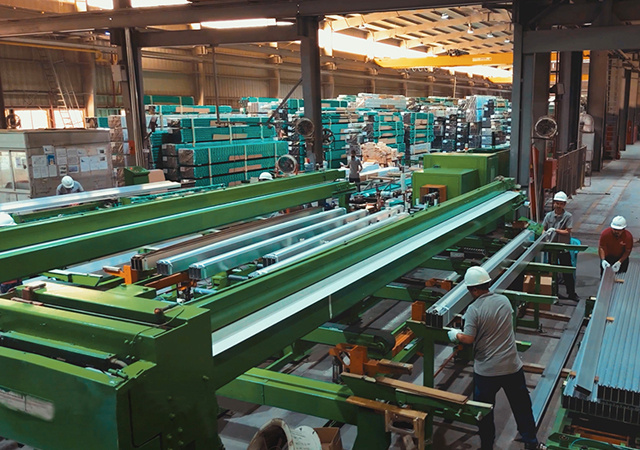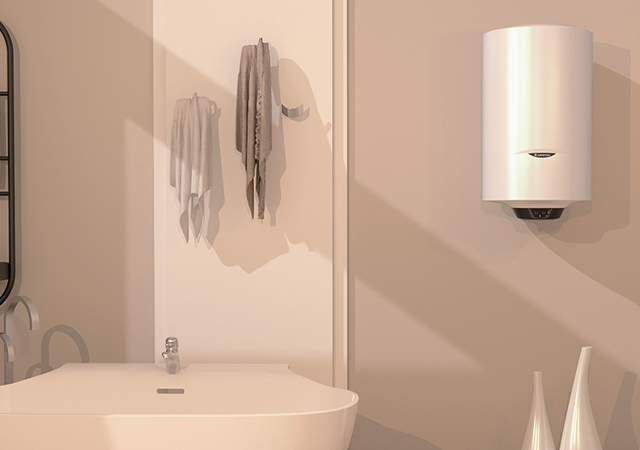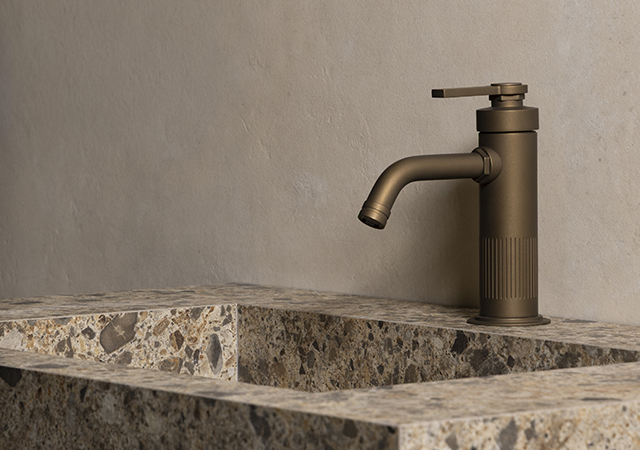Leica Geosystems has released new firmware for its MCGrad-Line SGIII level control system is described as the most advanced grade and slope control system available today.1000 and System 500 GPS receivers, offering compatibility with the Trimble CMR data format and a number of other major new features.
The upgraded firmware will be of particular benefit to mining companies, highway construction and major civil engineering projects, says Rod Eckels, Leica's business director for machine guidance products.
"Leica's commitment to an open architecture with these new products will make it easier for companies to 'mix and match' base stations, rovers, machine guidance systems and GPS surveying products from different manufacturers on the same site," he comments.
"The new firmware enables the MC1000 and System 500 to perform up to their full potential when used with either a Leica or Trimble base station," says Eckels. "This means that companies who have already invested in an infrastructure based on Trimble products can now take advantage of Leica's leading-edge technology in machine automation and surveying GPS (global positioning system) products without having to establish new base stations or radio networks."
He continues: "For example, a Leica MC1000 base station can transmit a GPS data signal to support existing Trimble products at the site, and can also support Leica survey products with a 5 hz update rate, as well as Leica mobile machine control units at 10 hz, all using one data stream and one radio transmitter.
"In addition to CMR compatibility, the new firmware offers improved ambiguity resolution techniques, leading to significantly better receiver performance in the field. The highly robust receiver now works even better in multipath areas (for example, under trees) and over significantly longer distances.
"The MC1000, originally introduced by Leica in 1998, is a powerful dual-frequency RTK GPS receiver designed specifically for machine control and automation applications. The rugged unit is mounted in a fully-sealed aluminium enclosure with military-style I/O connectors for increased reliability under harsh field conditions.
"The System 500 is Leica's state-of-the-art survey-grade GPS receiver, which has won accolades throughout the professional surveying community worldwide for its unprecedented accuracy, reliability and performance.
Leica has also launched a powerful software package that enables the user to operate a GPS Reference Station in an unattended and completely automatic mode.
"Leica's Window-based ControlStation is specifically designed to control the CRS 1000, or any of Leica's System 500 dual-frequency GPS Reference Station products. It provides the flexibility to control sensor functions, view sensor status, and automatically archive data. ControlStation can log data directly to the PC hard drive, internally to the sensor, or both. When data are logged internally, the program will automatically transfer the data to the PC hard drive at an operator-specified interval.
"ControlStation allows the GPS sensor to be configured to output real-time RTK data in RTCM, CMR or Leica binary format. This built-in flexibility provides support for rovers from many different manufacturers as well as multihertz positioning when using other Leica equipment," Eckels says.
Based in the US, the GPS Business Area division of Leica Geosystems designs, manufactures and markets professional products using the GPS for a broad range of survey, mapping, navigation, positioning, machine control and other applications.
The Leica Geosystems Group, with worldwide headquarters in Switzerland, has more than 100 years of experience as one of the leading instrument and system innovators in surveying, industrial measurement and navigation.

















.jpg)













 (1).jpg)













































